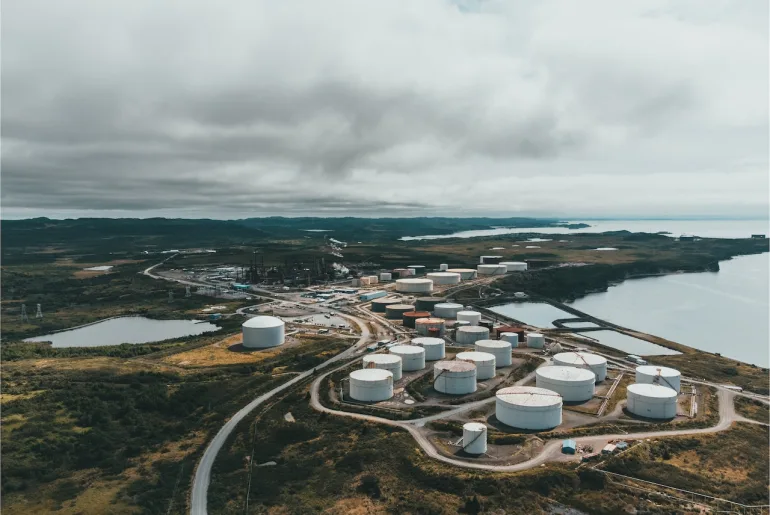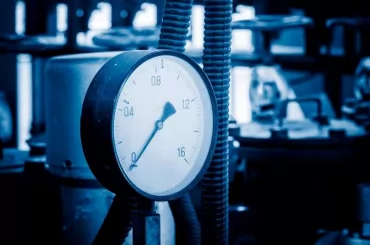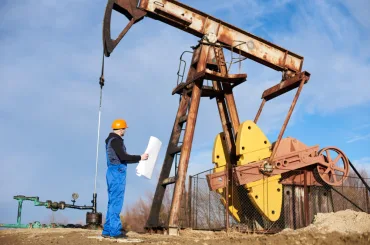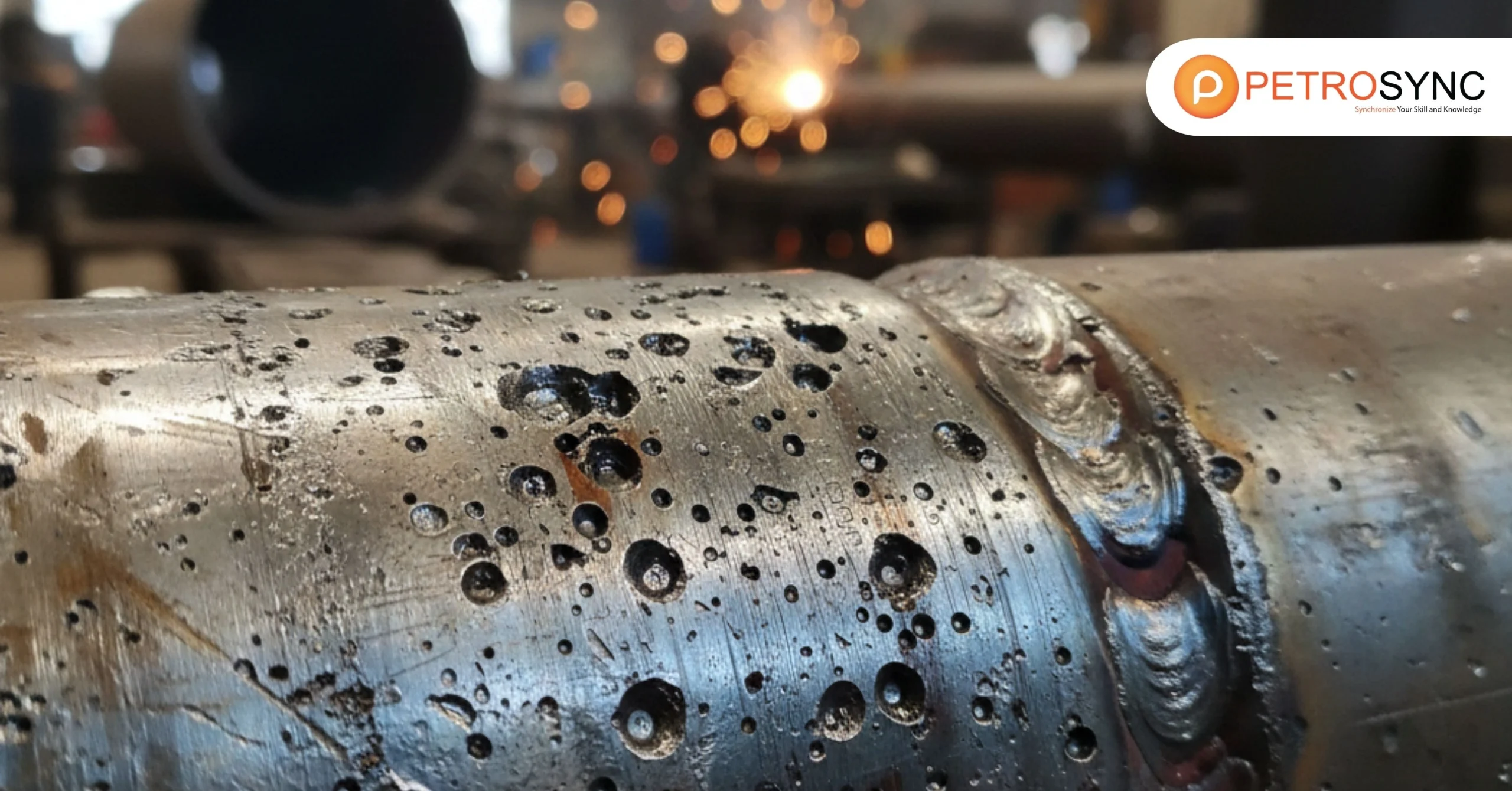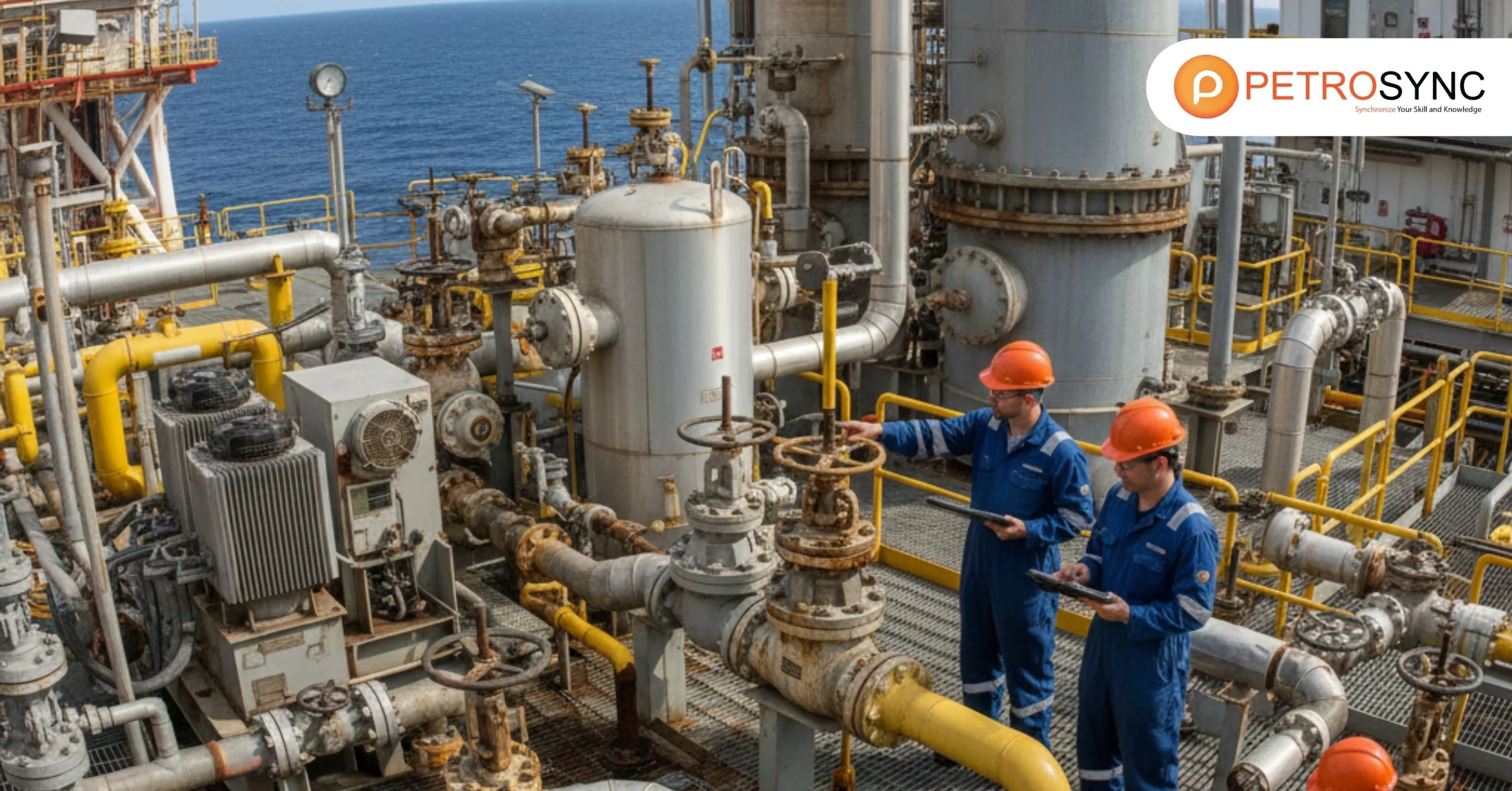Wellbore treatment refers to the use of specific techniques and procedures in oil and gas wells to tackle different issues that can affect the performance of the well. These treatments are applied to the wellbore, which is the drilled hole used to extract hydrocarbon reserves from the ground.
PetroSync understands that an engineer must possess a high level of expertise in wellbore treatment knowledge to effectively recognize and assess challenges such as formation damage, skin damage, scale buildup, and other operational obstacles. This proficiency enables the involved engineer to devise and implement appropriate treatment strategies to mitigate these issues and enhance the overall performance of the well.
By having a deep understanding of wellbore treatment, petroleum engineers are equipped to make well-informed decisions, optimize production, and maximize the extraction of hydrocarbon resources from the well.
What Is a Wellbore Treatment Training Course Overview?
The Wellbore Treatment training course aims to improve participants’ understanding, knowledge, and decision-making skills regarding wellbore treatments for enhancing well performance. To ensure effective decision-making, a solid understanding of different formations and basic reservoir properties is essential.
Hence, the training course will initially focus on comprehending the geological and reservoir properties of vertical, horizontal, and multilateral wells. It will then cover fundamental concepts related to formation damage, acidizing, and hydraulic fracturing.
Additionally, the training course covers important areas such as quality control during acidizing and fracturing, the implementation of treatments, and the continuous monitoring of pressures and other crucial parameters throughout and after the treatments.
A vital aspect of the training course entails participants working together in teams to assess and create stimulation treatments. This collaborative approach facilitates the examination of key information and parameters discussed throughout the training course.
What Is Wellbore Treatment Training Course Objective
The main objective of the Wellbore Treatment training course by PetroSync is to provide participants with the knowledge and skills necessary to effectively understand and apply various techniques and procedures related to wellbore treatments. The training course aims to equip participants with the following key takeouts:
- Comprehend the geological and fundamental reservoir properties.
- Grasp the concept and mechanism of formation damage.
- Identify the nature and origin of formation damage, as well as its mechanism.
- Recognize the impact of formation damage on the operator’s revenue.
- Understand the effect of skin damage on productivity for both vertical and horizontal wells.
- Acquire knowledge of various wellbore treatments to activate and remove formation damage.
- Familiarize yourself with the basics and procedures of acid/fracturing, Nitrified & Foamed acid, and N2 kick-off operations design.
- Gain an understanding of selecting the most suitable fluid (less damaging) during different phases of well development, such as drilling, completion, cementing, perforating, stimulation, gravel packing, workover, production, and injection operations.
- Comprehend the procedures and phases/stages of acid and frac operations, including acid displacement and backflow.
- Learn techniques for selecting the appropriate stimulation, fracturing, and kick-off methods.
- Understand the criteria for selecting suitable candidates for each treatment technique.
- Grasp best practices and procedures for executing operations, backflow, and stabilizing wells post-operations.
- Learn how to evaluate the effectiveness of treatment operations and measure the level of improvement.
What Is a Wellbore Treatment Training Course Outline?
The outline regarding PetroSync’s Wellbore Treatment training course is listed down below. For a more detailed and complete outline, you can refer to PetroSync’s Wellbore Treatment training course brochure.
Day 1
Pre-Course Test
Module 1: Reservoir Characteristics, Exploration, and Recovery Methods
- Definition of Reservoir
- Reservoir Heterogeneities
- Reservoir Characteristics
Module 2: Well Completions
- Definition of well completion
- Well completion Classification
- X-mas Tree
- Wellhead
- Casings
- Liners
- Production Tubing String
- Packers
- Sub-Surface Control Systems (SC-SSSVs)
- Wellhead Control System
- Artificial lift completions (ESP, GL)
- Smart Completions
- Impact of well completion selection on future operations in the well
Module 3: Introduction to Formation Damage
- What is meant by formation damage?
- Causes of Formation Damage
- Effect of Formation Damage on Well’s Productivity Index
- Formation Damage Indicator and Consequences
- Classification of Formation Damage Problem
- Diagnosis of Formation Damage
- Skin and impact on well productivity
- Best Practice to Avoid Formation Damage
Module 4: Formation Damage Mechanisms
- Formation damage from drilling mud/processes
- Formation damage from perforations
- Formation damage from completion and workover fluid
- Formation damage from oil and gas production activities
- Formation damage from scales
- Formation damage from organic deposits
- Formation damage from Wettability changes
- Formation damage from Acid stimulation
- Formation damage from Injection (water injection, CO2
- Injection, polymer flooding, steam flooding.
- Laboratory Techniques for Formation Damage Testing
Case Study & Exercises
Formation damage magnitude and cost impact
Gas reservoir behaviors
Oil reservoir behavior
Sand control
Day 2
Quizzes & recap
Module 5: Types of Acid Systems & Acid Formulations
- Stimulation Definition and Concept
- Types of Acid and Selection
- Factors Affecting Reaction Rates
- Selection of Treatment Type
- Real-time Monitoring of Matrix Acidizing Treatments
- Well Clean-up
Module 6: Stimulation Techniques & Candidate Selection
- Stimulation Techniques
- Chemical Stimulation without Acid
- Types of Stimulation Systems, Process and Procedures
- Stimulation Candidates Selection
- Matrix Fluid Selection
- Matrix Acidizing Operations
- Matrix Acidizing Design & Examples
- Matrix Acidizing Process and Procedures
- Matrix Acidizing Treatment Execution
- Nitrified Acid & Foamed Acid operations
Module 7: Monitoring, Execution, Evaluation & Follow-Up
- Acid Fracturing
- Acid Corrosion Parameters
- Selection of Diversion Techniques
- Mechanical Diverting Using Conventional Techniques
- Ball Sealers
- Viscous Fluid
- Another Diverting Method
- Potential Formation Damage Caused by Matrix Stimulation Fluid
- Stimulation Techniques and Objectives Summary
Case Study & Exercises
Pressure behavior during acid injection
Offset wells comparison
PBU tests compare Pre, During & Post-treatment
On-site evaluation of acid treatment effectiveness
Day 3
Quizzes & recap
Module 8: Stimulation of Sandstone Reservoir
- Why stimulate the Sandstone reservoir?
- Sandstone reservoir description (mineralogy)
- Acid formulation and lab tests (acid response curve, compatibility test, return permeability test, etc.).
- How much overflush is required
- How to avoid fluoride precipitation in sandstone stimulation
Case Study
The technical concept of Sandstone stimulation
Module 9: Stimulation of Carbonate Reservoir
- Why stimulate carbonate reservoirs?
- Carbonate reservoir description (mineralogy)
- Acid formulation and lab tests (acid response curve, compatibility test, return permeability test, etc.).
- What is the big deal about wormholes?
- How to ensure the best acid coverage? Open hole? Cased hole?
- Acid placement in heterogeneous reservoir? Use of diverting agents
- How to ensure the best zonal coverage?
- Practical guidelines on how to select and evaluate acid treatment
Module 10: Basics of Hydraulic Fracture Treatment, Design, and Quality Control
- Introduction to Hydraulic Fracturing
- Basic principles in fracturing
- Hydraulic Fracturing Fluids and Chemicals
- Frac height prediction
- Frac height design
- Frac pressure prediction
- Completion design for Frac well candidates
- Perforation strategy
- Fluid selection,
- Proppant selection
- Hydraulic Fracture Treatment Process
- Hydraulic Fracture Operations & Stages
- Rock Mechanics
- Main Fracture Treatment Design
- Hydraulic Fracturing Candidate Selection
Case studies & Exercises
General Field Description
Well History
Candidate selection
Design, Execution, and Evaluation
Conclusion
Day 4
Quizzes & Recap
Module 11: Multi-Stage Fracturing Technology
- Application in open hole horizontal well using swelling packer and stimulation sleeves.
- Application in cased hole vertical to deviated wells using composite plug technology
- Real-life field case history from planning, design, completion installation, stimulation to clean-up.
- Example from carbonate reservoir
Module 12: Sand Control Completion Overview
- Sand production problem
- What are the consequences of sand production?
- Sand Detection
- Sand Prediction and Monitoring
- Sand Control Completion
Case histories
Analysis of sand production profile from well production history
Identifying sand production spikes and possible reasons and prevention
5 exercises
Module 13: Production Problems
- Scales
- Paraffin /Wax
- Asphaltene
- Hydrates
Case Study & Exercises
Tubing Plugging Cases (Partial, Complete)
SrSo4 project
Wireline Downhole Lost Tools
4 exercises
Hydrates common plug removal hazard
Hydrates formation in offshore pipeline
Day 5
Module 14: Excessive Water and Gas Shut-off
- Problem types
- Near wellbore flow
- Fissures to injectors
- Poor areal sweep
- High permeability layer with or without cross flow
- Gravity segregation layer
- Coning
- Diagnostics
- Data collection techniques
- Water/gas shut-off techniques
Case study & case history
Strategy for attacking excessive water production
Gas/water shutoff examples
Module 15: Well Intervention Operations & Wellbore Treatment Operations
- Conventional
- Non-Conventional
- Impact of well completion and well intervention operations
Post Course Test
Who Should Attend a Wellbore Treatment Training Course?
PetroSync’s Wellbore Treatment Training Course is designed for but not limited to:
- Operations Engineers with 0-10 years of experience
- Operations Supervisors with 0-10 years of experience
- Production Engineers with 0-10 years of experience
- Petroleum Engineers with 0-10 years of experience
- Reservoir Engineers with 0-10 years of experience
- Drilling Engineers with 0-10 years of experience
- Field Service Engineers with 0-10 years of experience
In general, wellbore treatment is not only about reaching the maximum performance of a wellbore but also about mitigating risks by minimizing issues such as formation damage and ensuring the integrity of the well system. It is also important to note that oil and gas are part of ever-changing industries where new technologies and techniques emerge frequently.
Engineers who acquire knowledge in wellbore treatment can stay up-to-date and maintain their relevance in this dynamic sector. This understanding enables petroleum engineers to adjust to evolving trends, introduce inventive solutions, and stay competitive in their professional journeys. Reserve your training spot and sculpt your wellbore treatment understanding and practical skills with PetroSync!

SEO specialist by day, fact-checker by night. An avid reader and content writer dedicated to delivering accurate and engaging articles through research and credible sources.

